Neuroscience

Neurotransmitter receptors function via various G-protein coupled and G-protein independent mechanisms that activate downstream intracellular signaling pathways such as cAMP/PKA, PI3K/AKT, phospholipase A2, and phospholipase C pathways. For instance, dopamine receptors act through adenylate cyclase to activate PKA and other signaling molecules, thereby mediate gene expression through the actions of CREB and other transcription factors. Other neurotransmitters such as NMDAR or AMPAR are associated with ion channels that control flux of Ca2+ and Na+, thus propagating the action potential across the post-synaptic neuron.
Dysfunctions in GABAergic/glutamatergic/serotonergic/dopaminergic pathways result in a broad range of neurological disorders such as chronic pain, neurodegenerative diseases, and insomnia, as well as mental disorders including schizophrenia, bipolar disorder, depression, and addiction.
-
 A5220 Vecuronium BromideTarget: AChRSummary: Nonpolarizing neuromuscular relaxant
A5220 Vecuronium BromideTarget: AChRSummary: Nonpolarizing neuromuscular relaxant -
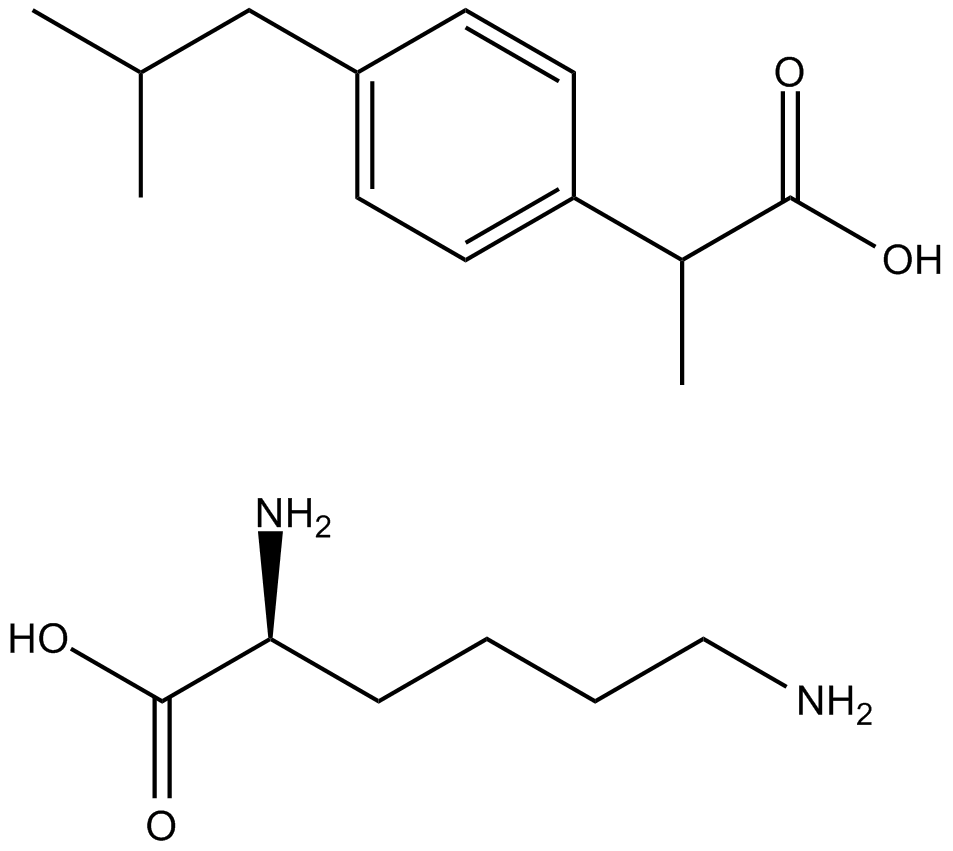 A5791 Ibuprofen LysineSummary: COX inhibitor
A5791 Ibuprofen LysineSummary: COX inhibitor -
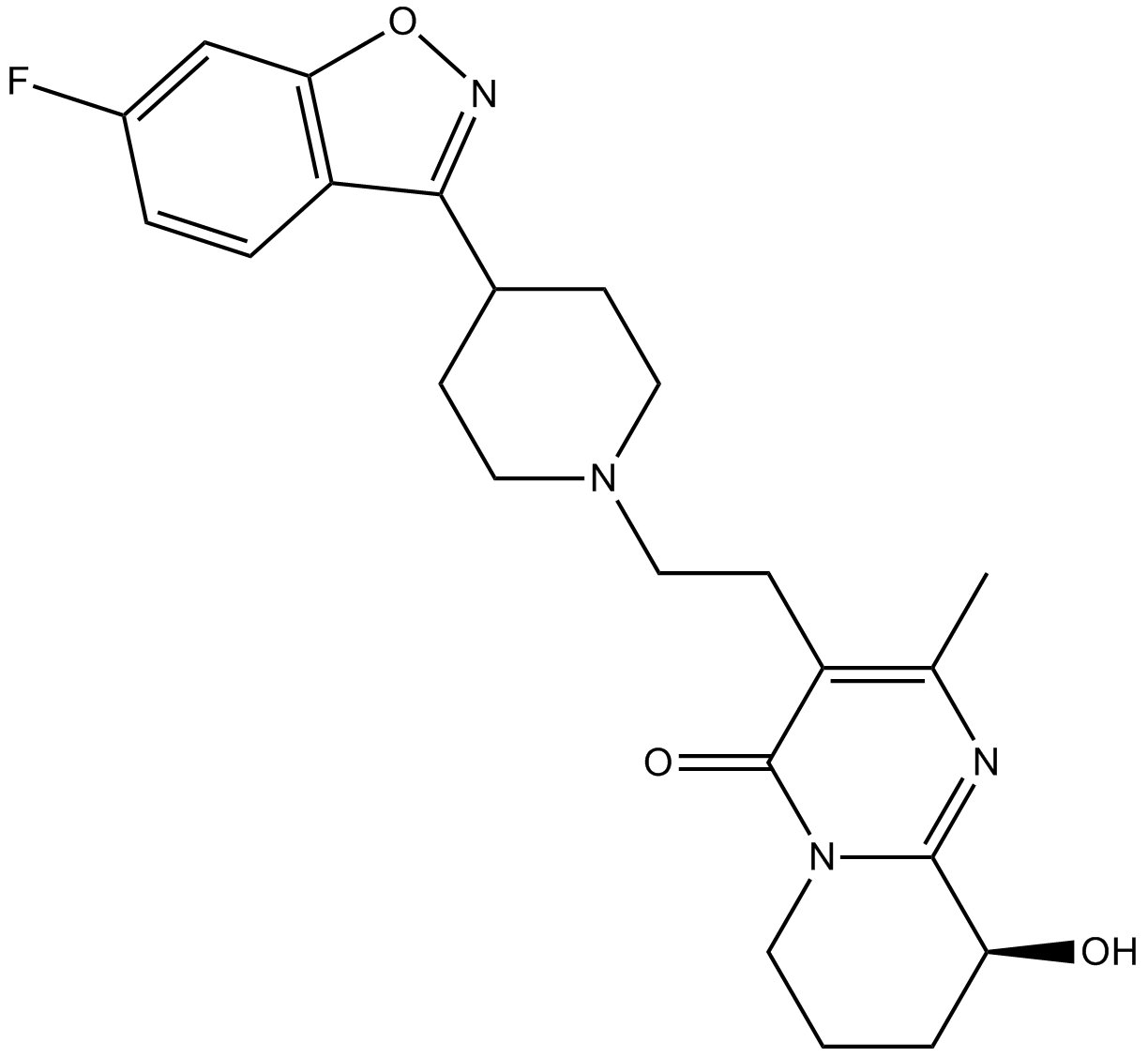 A8496 PaliperidoneTarget: 5-HT2 Receptors|D2 Receptors|D3 Receptors|5-HT1 Receptors|Histamine H1 ReceptorsSummary: Dopamine receptor antagonist
A8496 PaliperidoneTarget: 5-HT2 Receptors|D2 Receptors|D3 Receptors|5-HT1 Receptors|Histamine H1 ReceptorsSummary: Dopamine receptor antagonist -
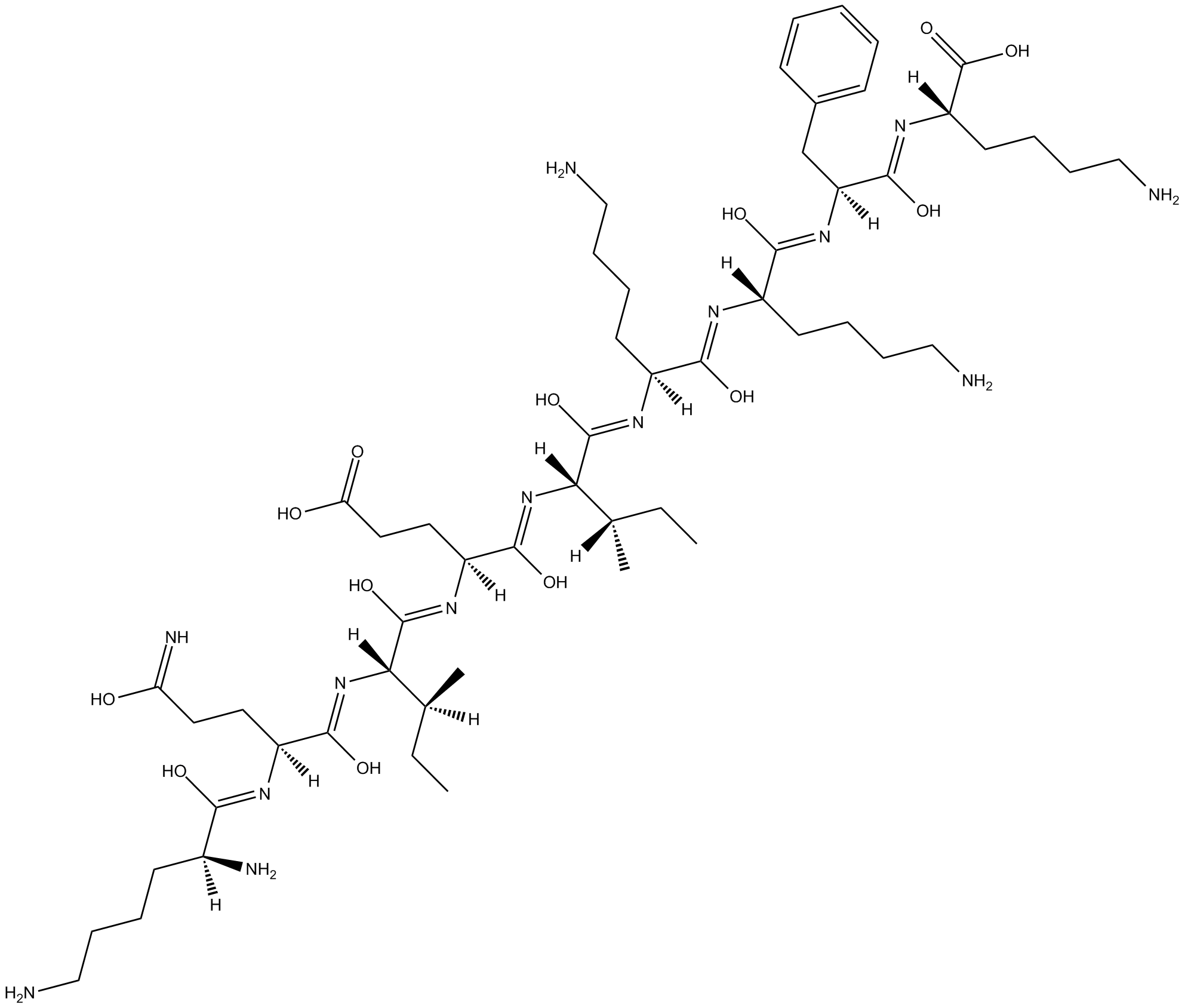 B4919 Gap191 CitationTarget: Cx43Summary: Selective connexin 43 (Cx43) hemichannel blocker
B4919 Gap191 CitationTarget: Cx43Summary: Selective connexin 43 (Cx43) hemichannel blocker -
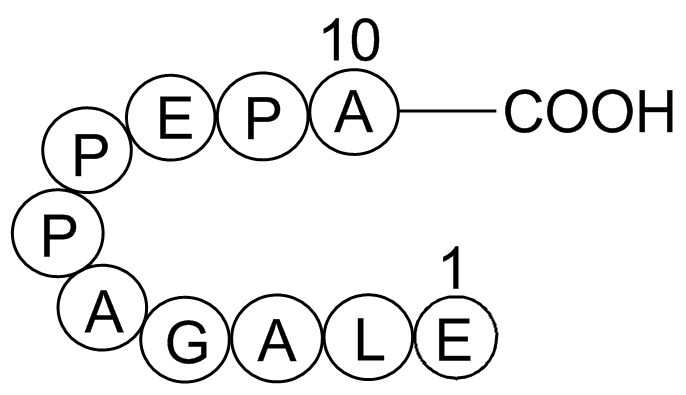 A1014 Beta-Lipotropin (1-10), porcineSummary: Morphine-like substance
A1014 Beta-Lipotropin (1-10), porcineSummary: Morphine-like substance -
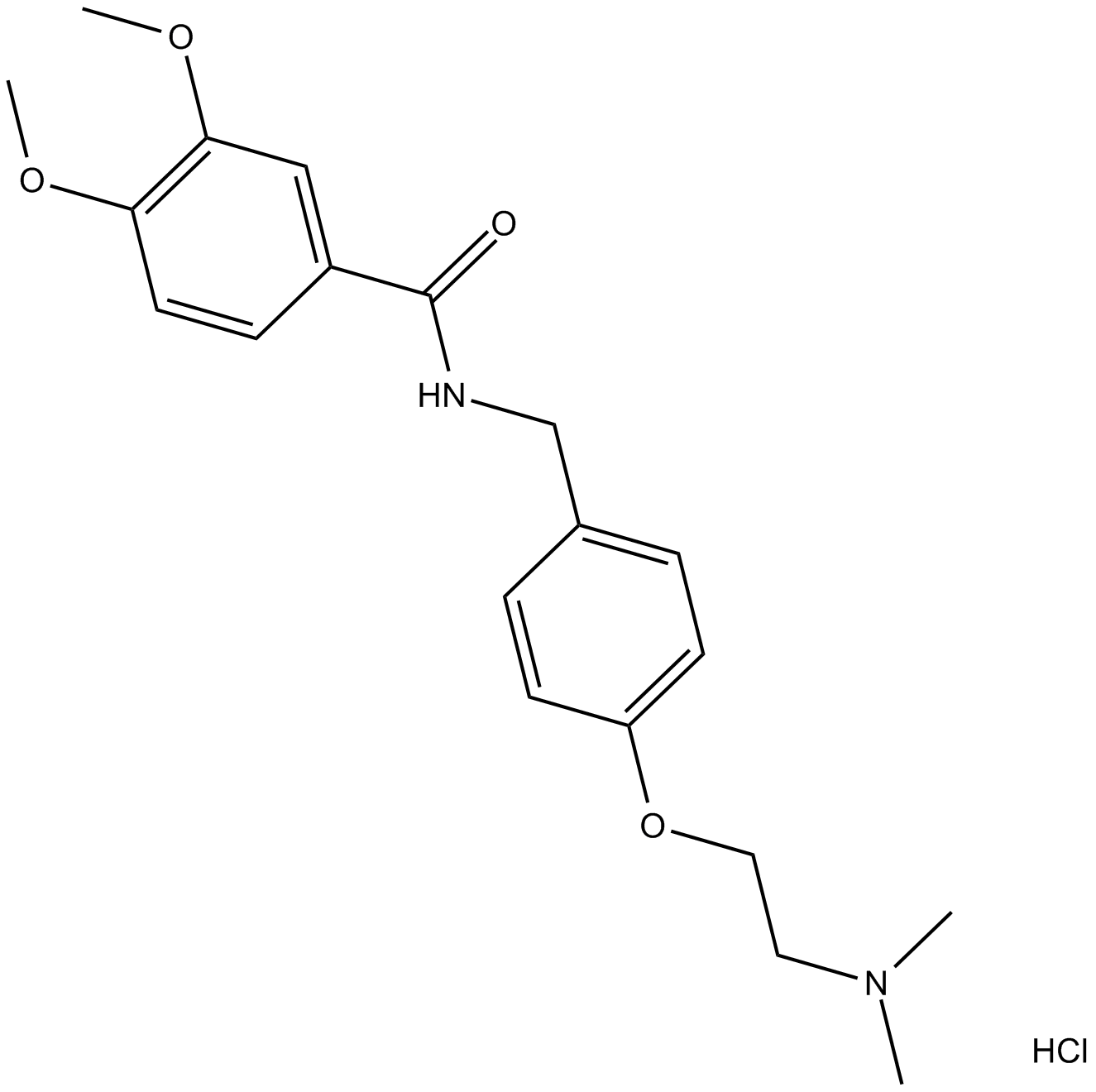 B6138 Itopride hydrochlorideSummary: AChE inhibitor
B6138 Itopride hydrochlorideSummary: AChE inhibitor -
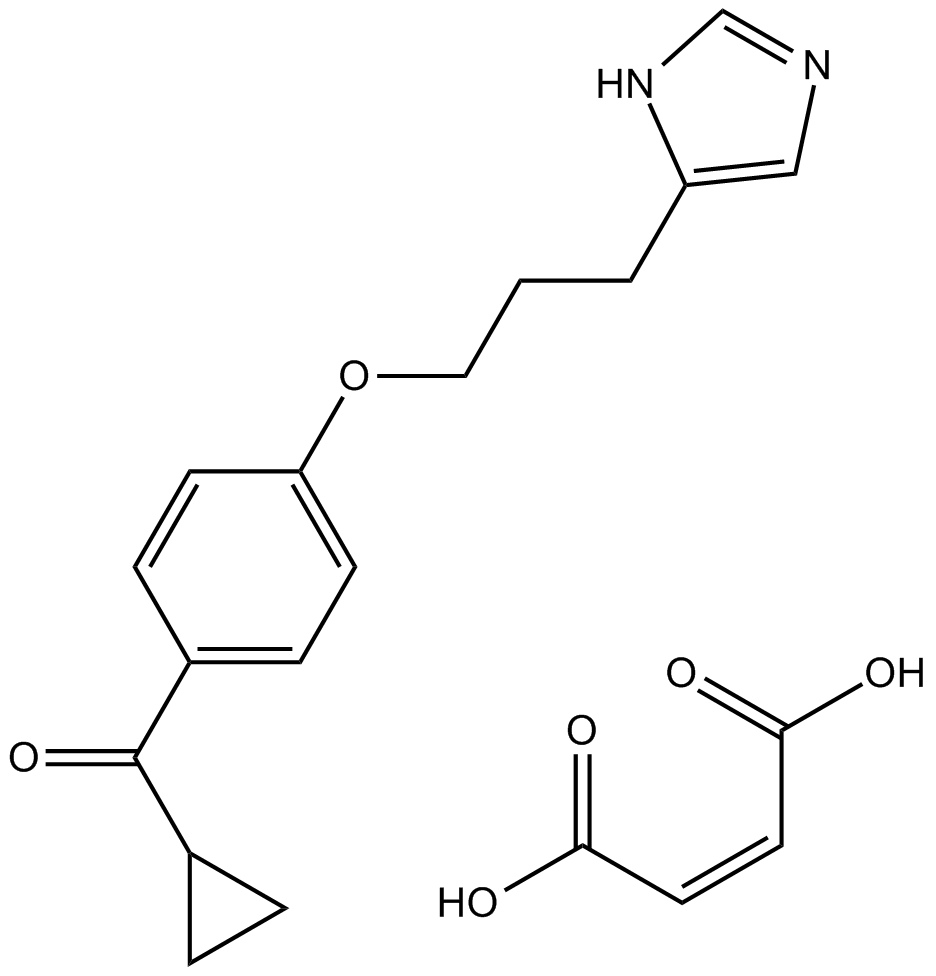 B1028 Ciproxifan maleateSummary: Potent histamine H3 receptor antagonist
B1028 Ciproxifan maleateSummary: Potent histamine H3 receptor antagonist -
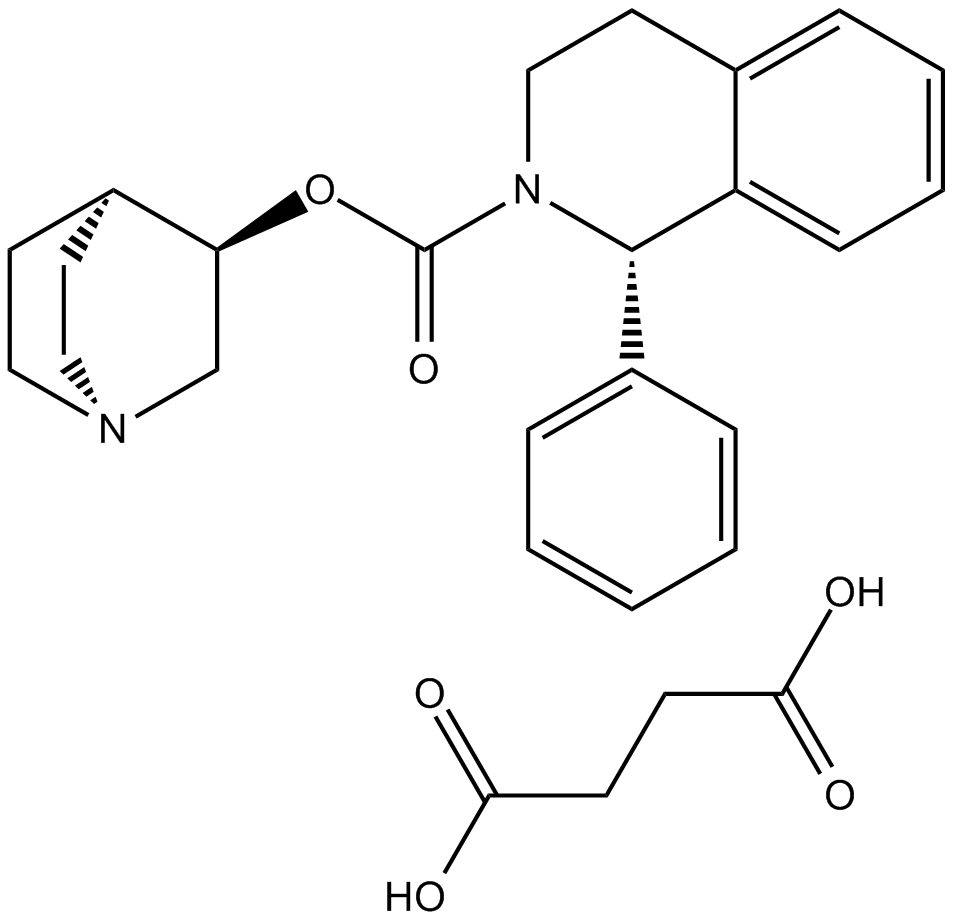 B1614 Solifenacin succinateTarget: M3 ReceptorsSummary: Muscarinic receptor antagonist
B1614 Solifenacin succinateTarget: M3 ReceptorsSummary: Muscarinic receptor antagonist -
 B1632 ADX-47273Summary: mGluR5 receptor positive allosteric modulator, potent and selective
B1632 ADX-47273Summary: mGluR5 receptor positive allosteric modulator, potent and selective -
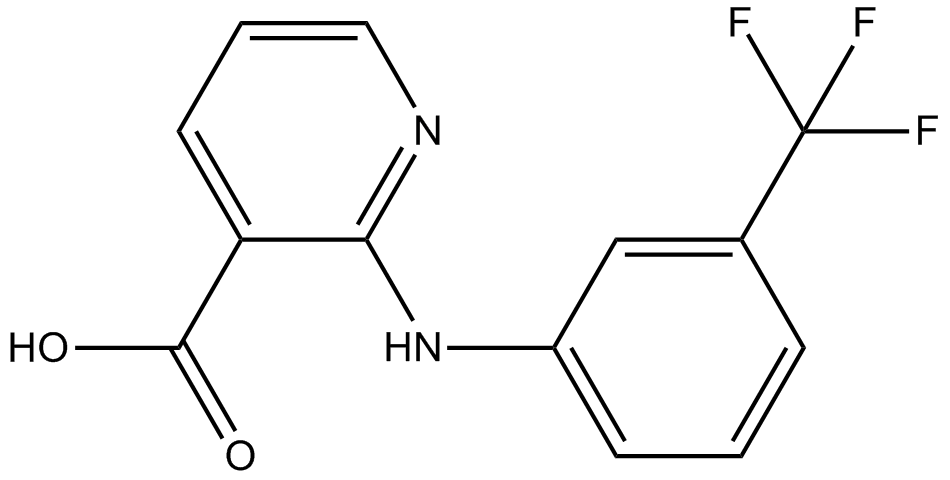 B1530 Niflumic acidSummary: Ca2+-activated Cl- channel blocker
B1530 Niflumic acidSummary: Ca2+-activated Cl- channel blocker

